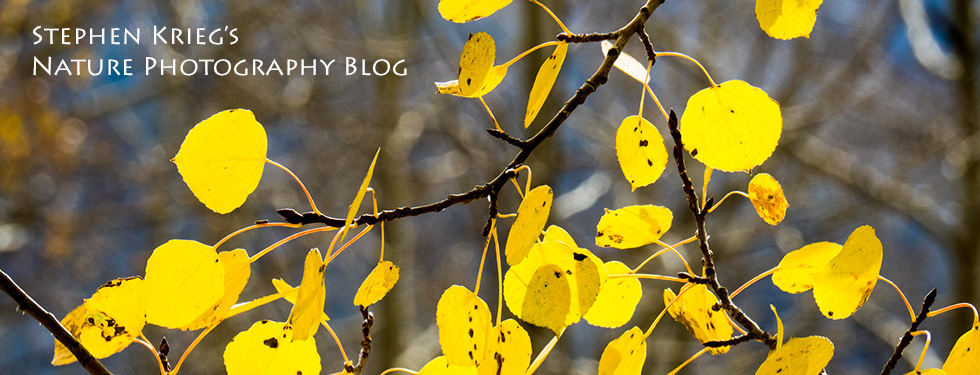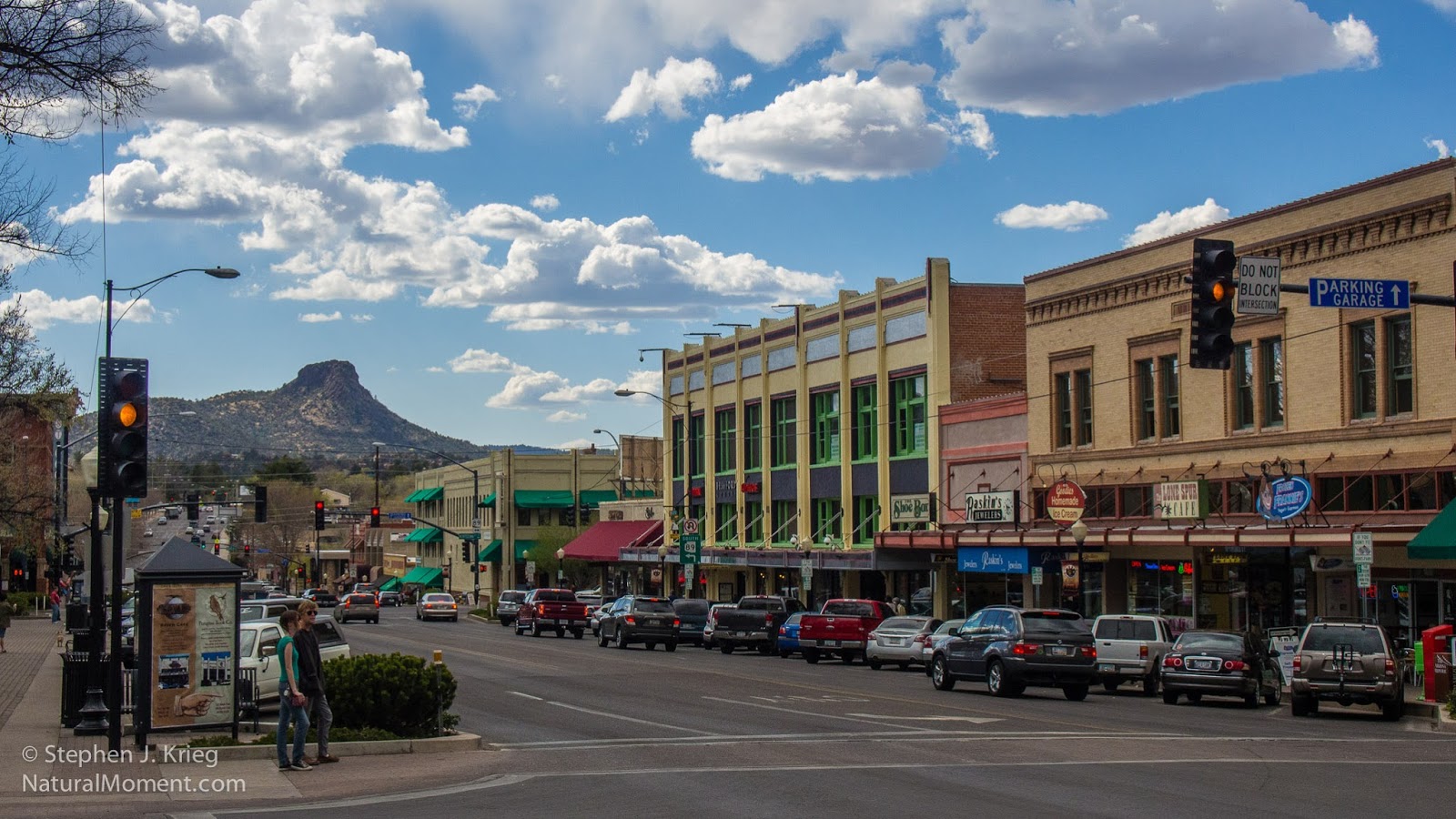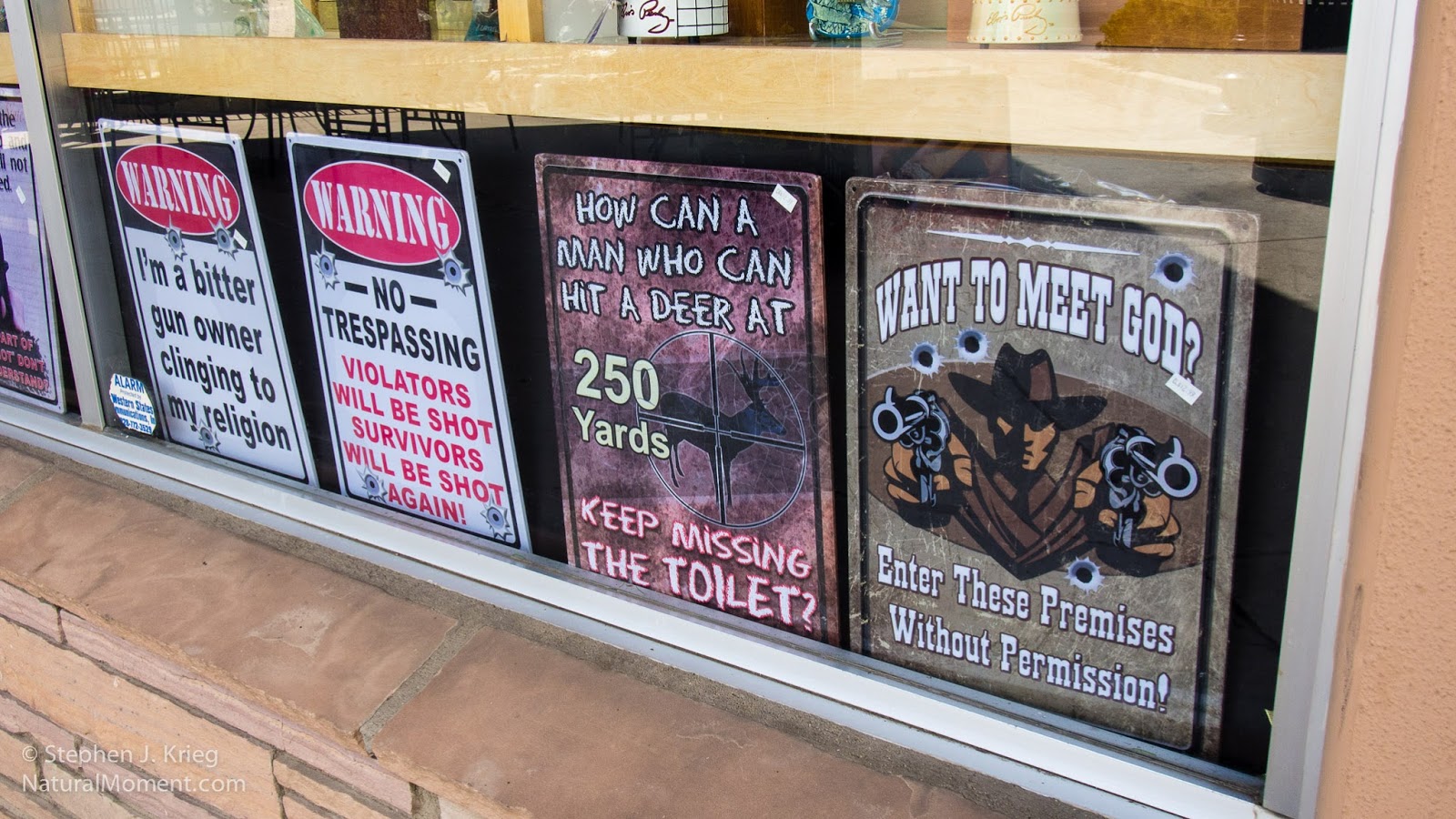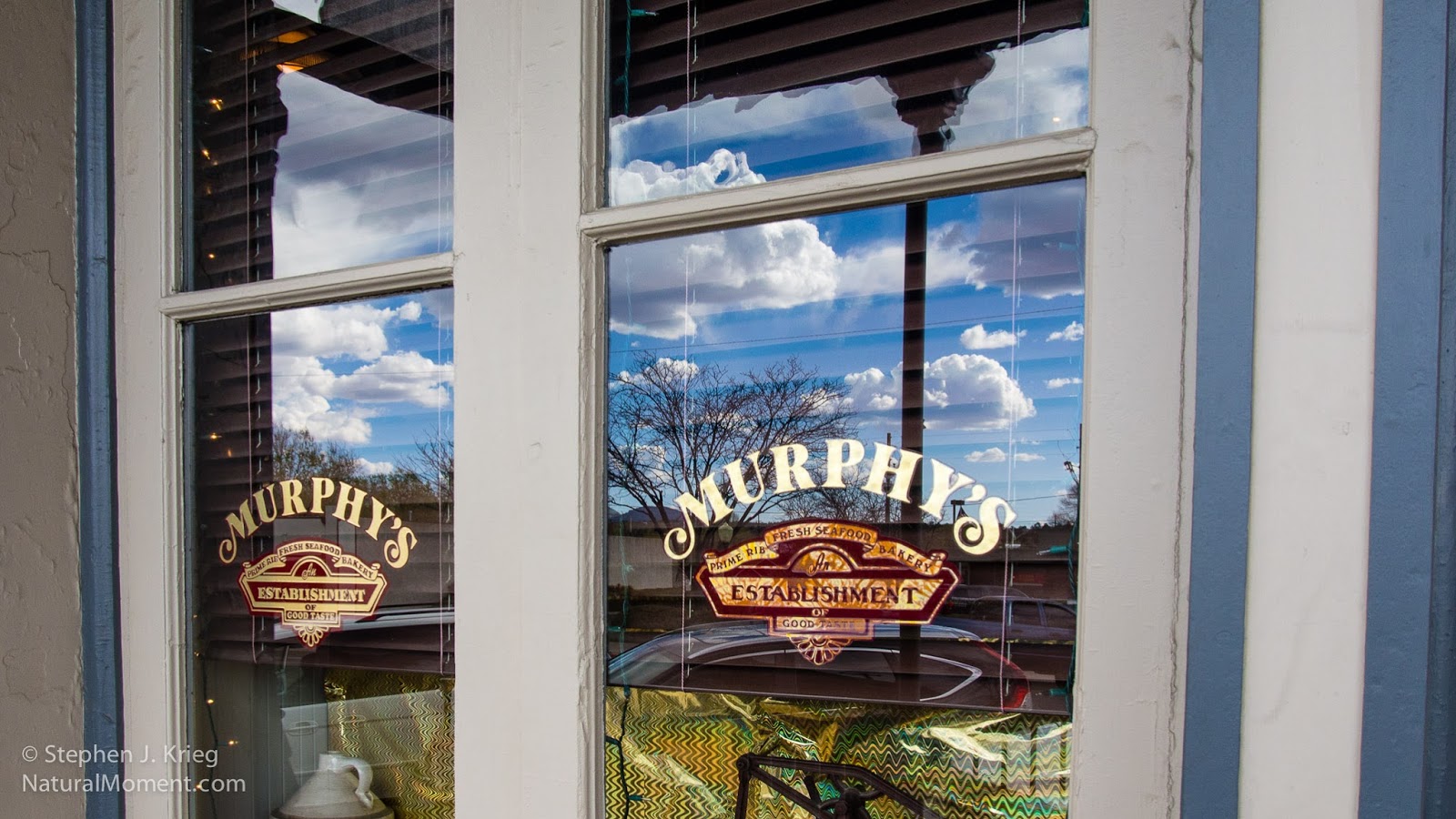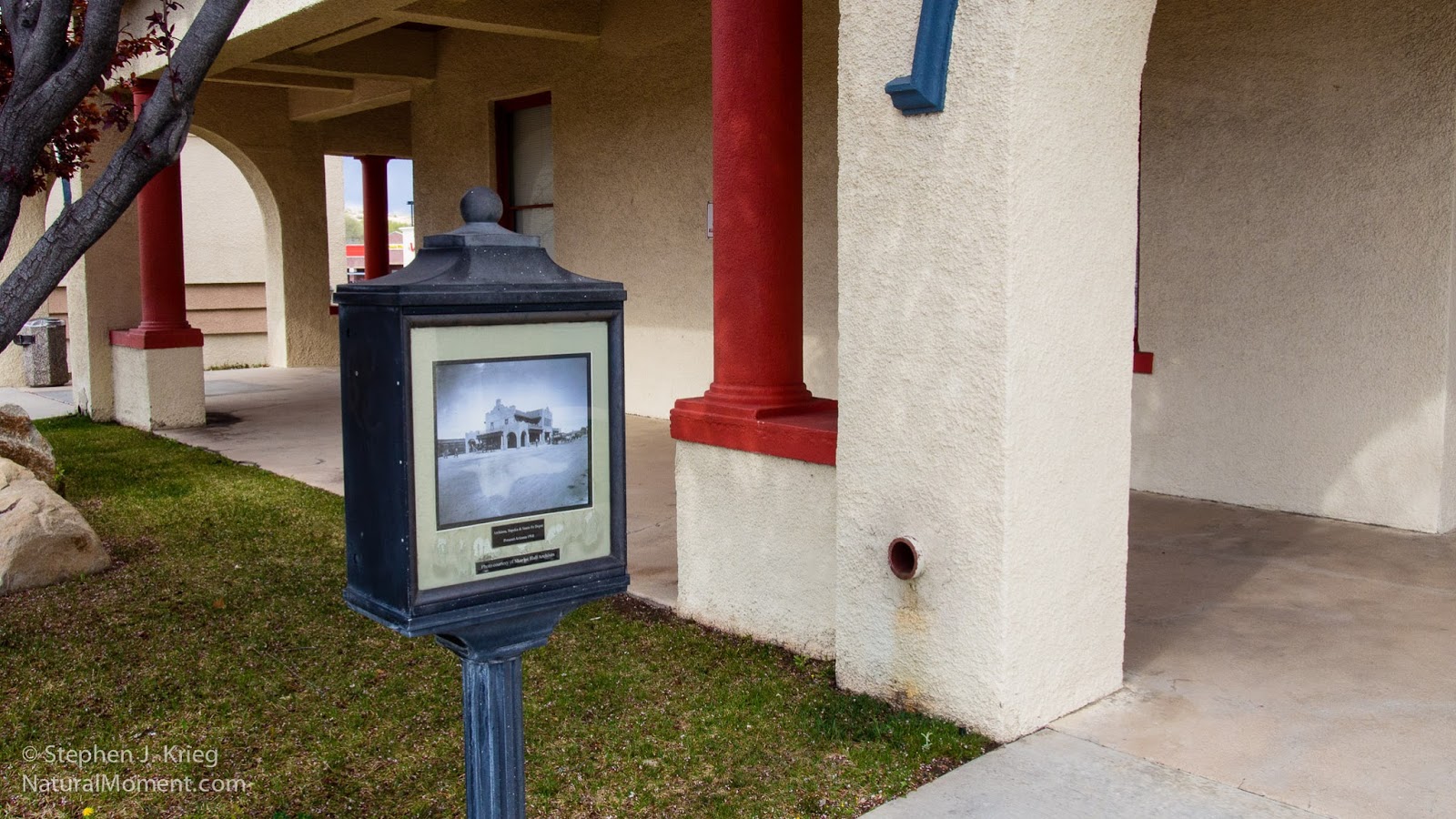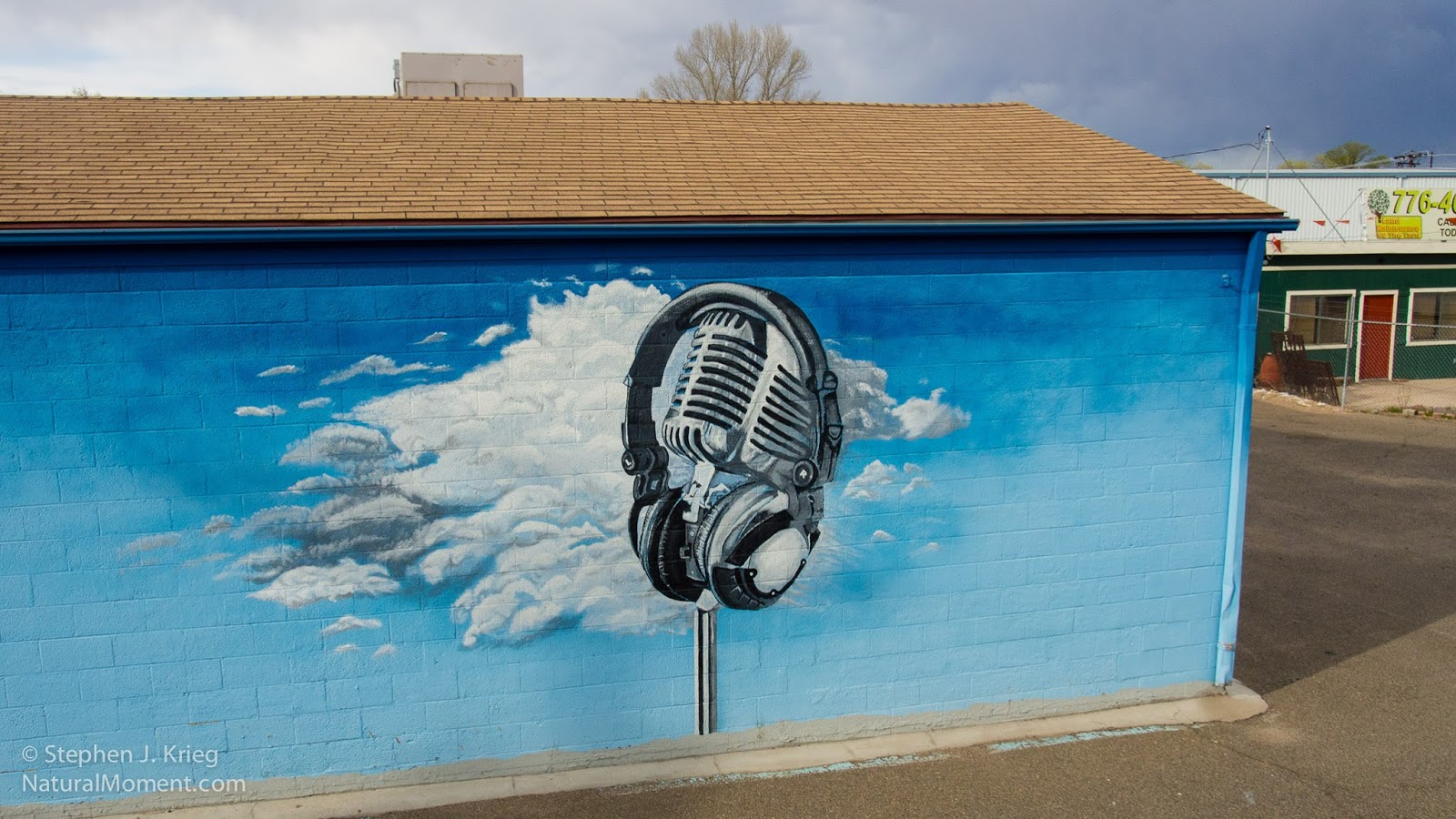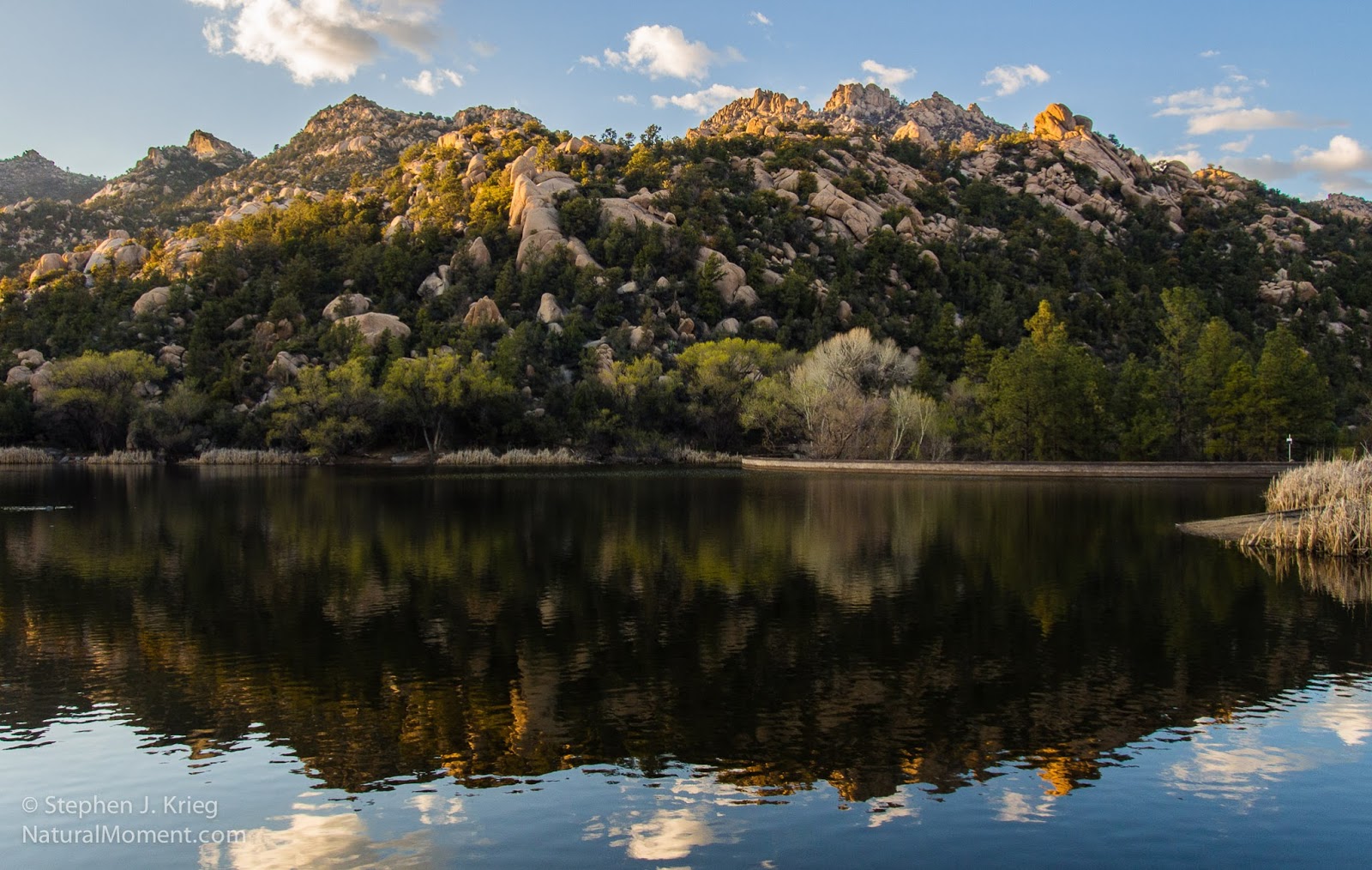 |
| Bryce Canyon National Park, Utah, Christmas morning. |
But I had to get home that day, over 250 miles to the east. So I couldn't linger too long at Bryce, unless I wanted to stay a second night and drive back very early in the dark. I didn't.
 |
| Near Tropic, Utah. Love the cliffs and canyon country. |
 |
| Paria River at Tropic, Utah. |
 |
| Highway 12 cuts through the cliffs. |
Which I did a lot of on this trip. It was snowing a lot, but the road was fine, mostly. Nothing my trusty RAV4 couldn't handle without sliding.
 |
| Approaching Henrieville, Utah. |
 |
| Escalante, Utah outskirts. The clouds were even opening up. |
 |
| Grand Staircase-Escalante National Monument from Highway 12 overlook, west of Boulder, Utah. |
 |
| Circle Cliffs in snow, Boulder, Utah. |
 |
| Looking down the upper Burr Trail. |
Highway 12 above Boulder goes up and over a shoulder of the Aquarius Plateau, also nicknamed Boulder Mountain. Whatever. It does go high into aspen forest, with splendid views to the south of the vast lands around here. Out there. The kind of view that leaves you wanting to put everything into perspective. Wanting to visit it all. Knowing you never will explore it all, but the effort will be its own reward.
Down off Boulder Mountain. Time to cross the upper end of Capitol Reef National Park. And by now it was late afternoon on a late December day. Meaning a short winter day, sunset coming soon. Talk about burning daylight. Got to get in all that I can in such a short time, because then it will just be a drive in the dark.
Stay tuned.
